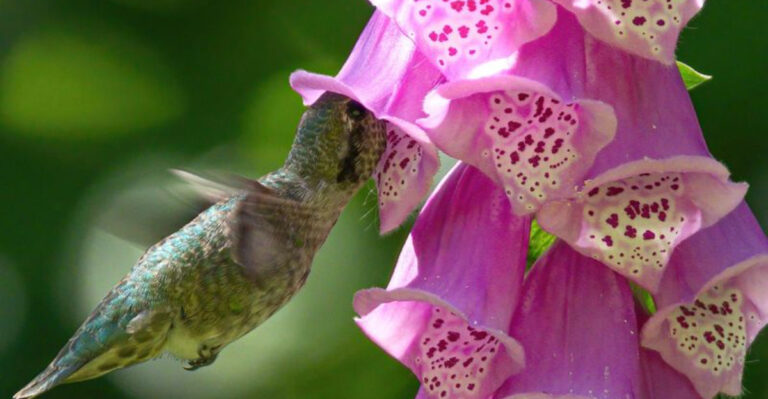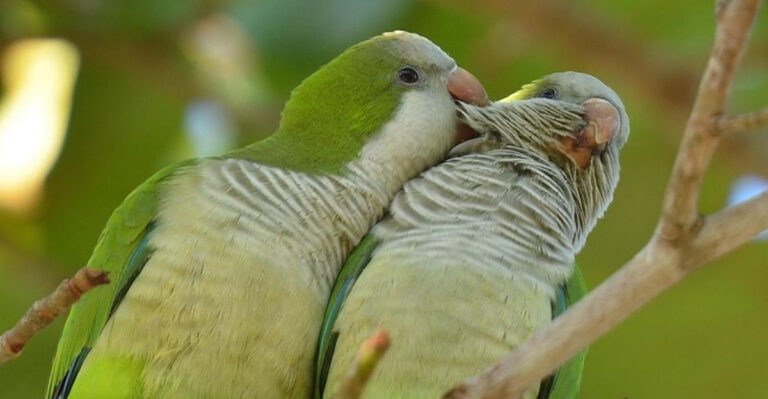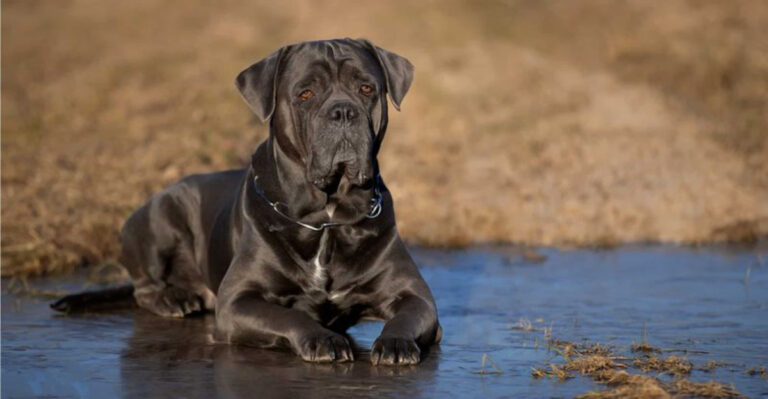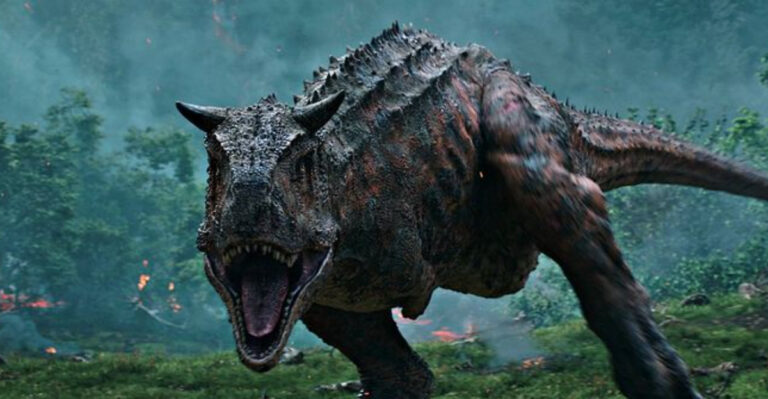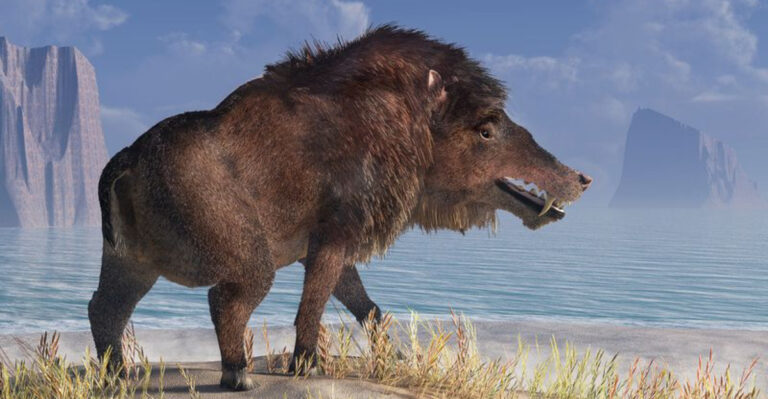Can Big Cats And Prey Animals Be Protected Simultaneously?
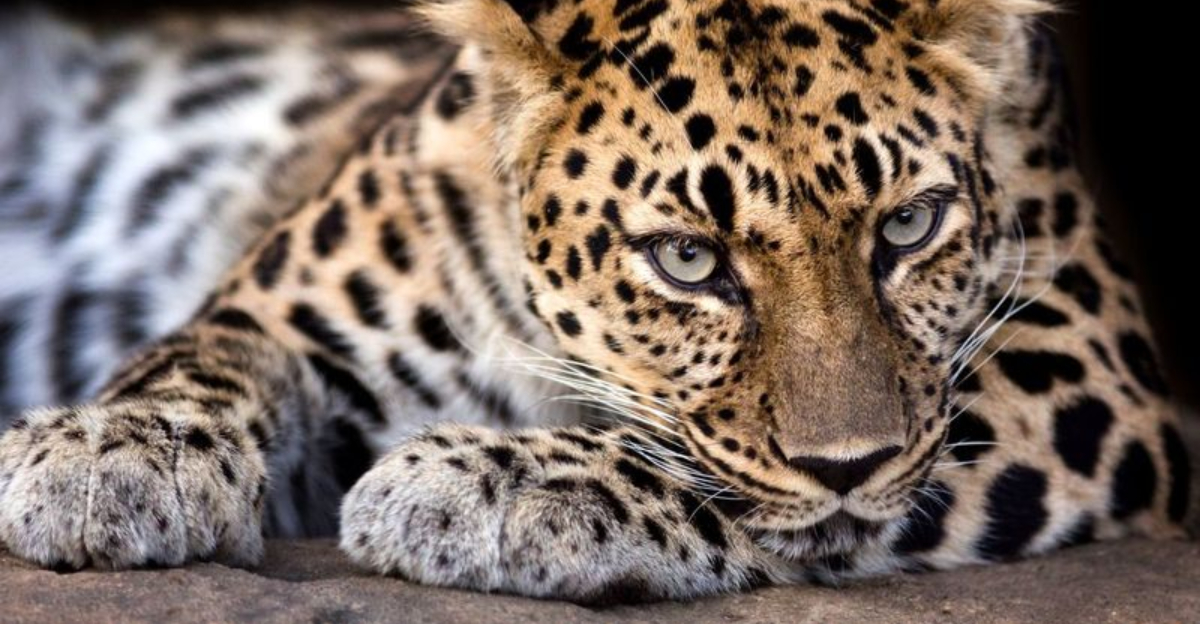
When it comes to protecting our planet’s wildlife, we often face a tricky puzzle. How do we save big cats like lions and tigers while also protecting the animals they hunt?
This challenge gets to the heart of modern conservation. Finding the right balance means understanding both predator and prey need each other for healthy ecosystems.
1. Balanced Ecosystem Management
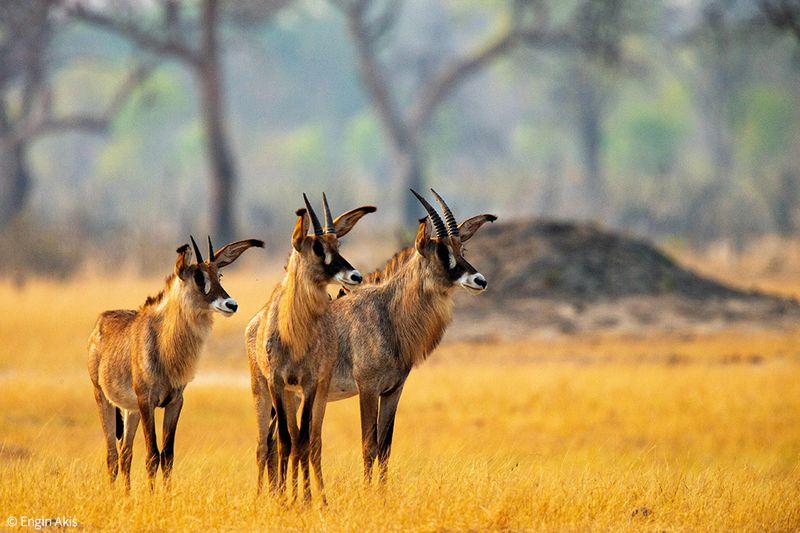
Natural landscapes work best when all pieces of the puzzle fit together. Predators keep prey populations healthy by removing sick animals, while prey animals help control plant growth.
When we protect both groups together, we’re actually helping the entire ecosystem thrive. Rangers in Africa have seen that areas with healthy lion populations also maintain more diverse antelope herds.
2. Corridor Conservation

Wildlife corridors serve as nature’s highways, connecting isolated habitats. These pathways allow animals to migrate safely between protected areas without human interference.
In India’s tiger reserves, corridors have helped both tigers and deer populations recover. By giving animals room to roam naturally, we prevent overcrowding that could lead to resource competition and conflict.
3. Community-Based Conservation
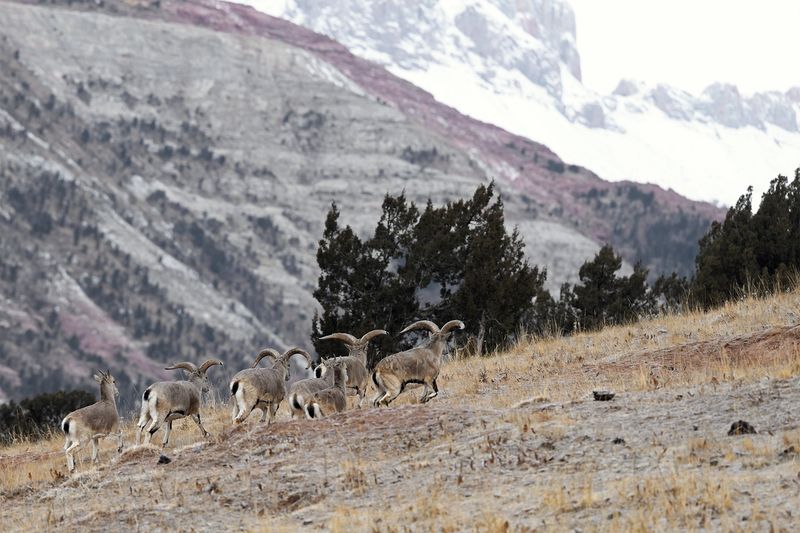
Local people living alongside wildlife hold the key to successful protection efforts. When communities benefit from conservation through jobs, tourism income, or sustainable resource use, they become powerful allies.
Villages near Nepal’s snow leopard territories now guard both the cats and their prey. Former poachers have become the most effective protectors because they know the animals’ habits best.
4. Prey Population Management
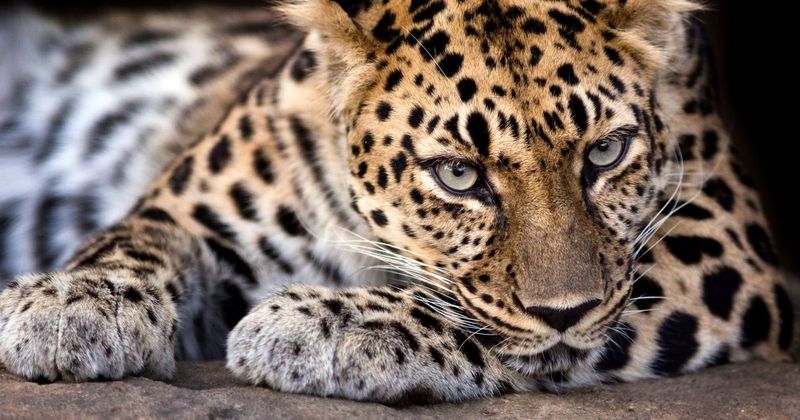
Healthy prey numbers create the foundation for predator success. Conservation teams monitor deer, antelope, and other prey species to ensure they maintain sustainable populations.
Rangers in Russia’s Far East plant special food crops for deer during harsh winters. This helps maintain prey numbers for endangered Amur leopards without artificial feeding that might create dependence.
5. Predator-Friendly Ranching
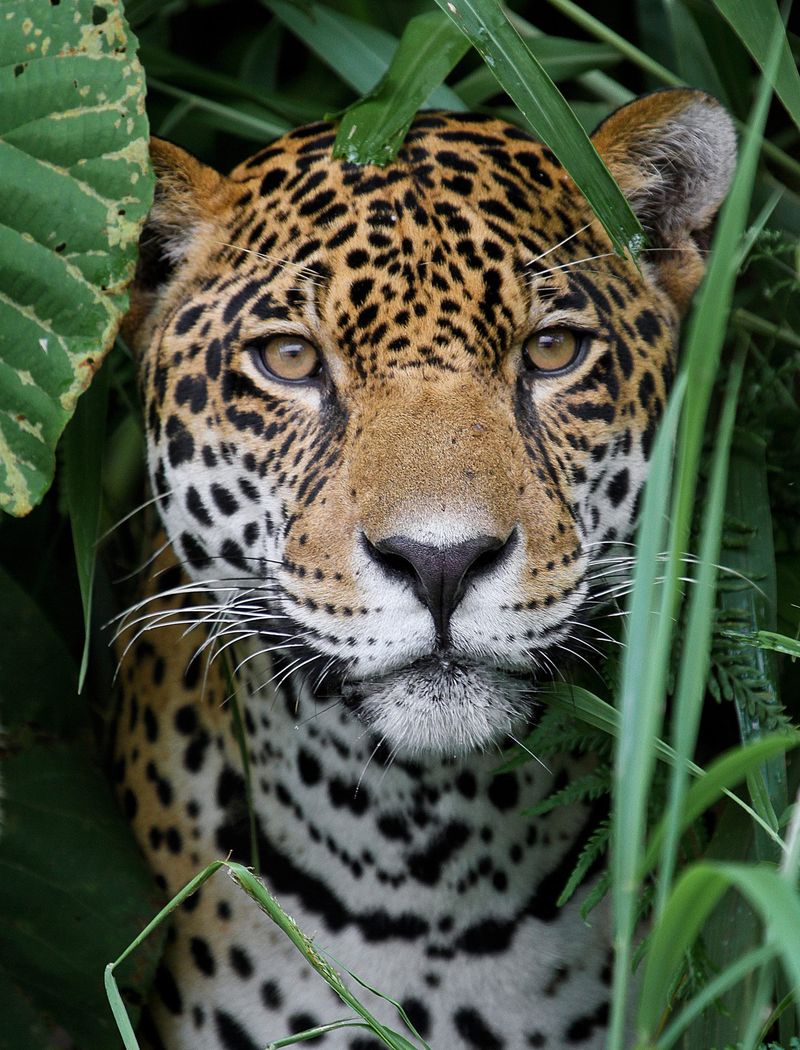
Modern ranchers are finding ways to protect livestock without harming big cats. Guard dogs, night corrals, and flashing lights can deter predators from attacking farm animals.
Ranchers in Montana use special fladry fences – ropes with flapping flags that wolves and mountain lions avoid. These simple tools reduce predation by 95% in some areas while keeping wild prey-predator relationships intact.
6. Habitat Restoration Projects

Rebuilding damaged ecosystems gives both predators and prey a fighting chance. Conservation teams replant native vegetation, remove invasive species, and restore natural water sources.
In California’s mountain regions, restored meadows now support deer herds that attract mountain lions back to areas they’d abandoned. The secret? Fixing erosion problems that had destroyed plant communities both predator and prey depend on.
7. Anti-Poaching Technology
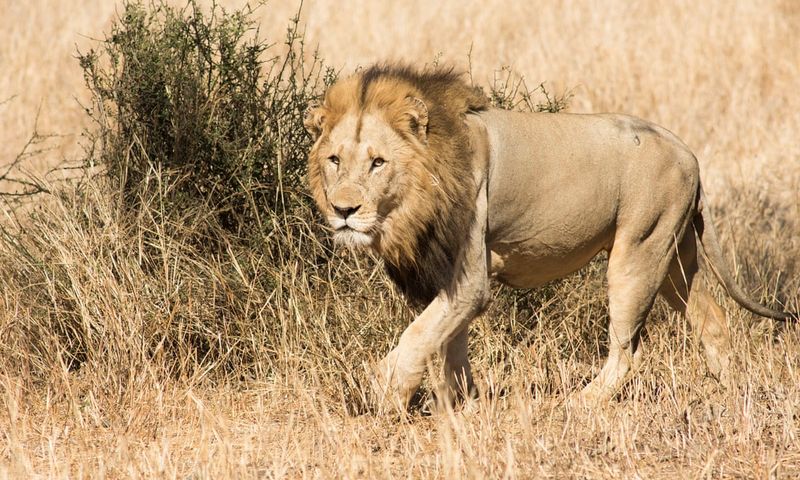
High-tech tools have revolutionized wildlife protection. Drones, camera traps, and satellite tracking help rangers monitor remote areas and intercept poachers before they strike.
Kenya’s conservation teams use AI-powered cameras that instantly alert headquarters when they detect humans entering protected areas at night. This technology protects lions and their prey equally from illegal hunting that threatens both.
8. Conflict Resolution Teams
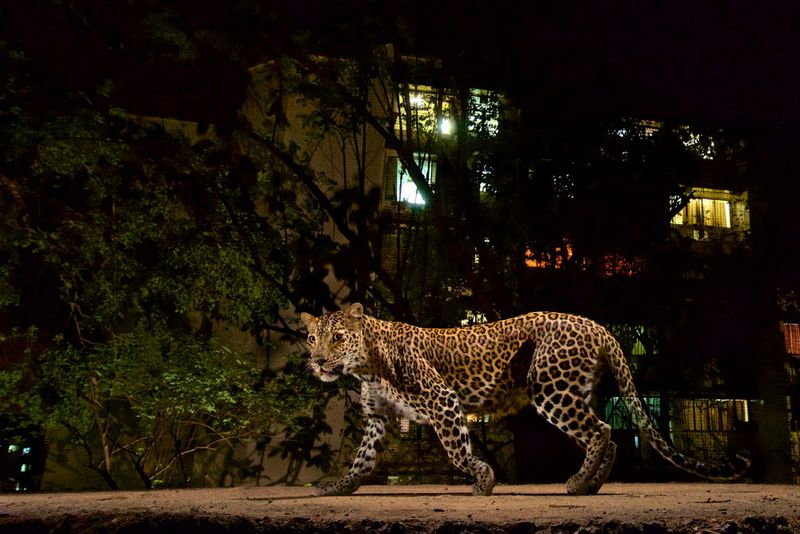
Specialized response units help manage situations when big cats venture into human areas. These teams safely relocate predators while addressing community concerns about safety.
India’s conflict teams include wildlife biologists, veterinarians, and local leaders. When a leopard enters a village, they work together to protect both human and animal lives while educating residents about coexistence.
9. Sustainable Tourism Models
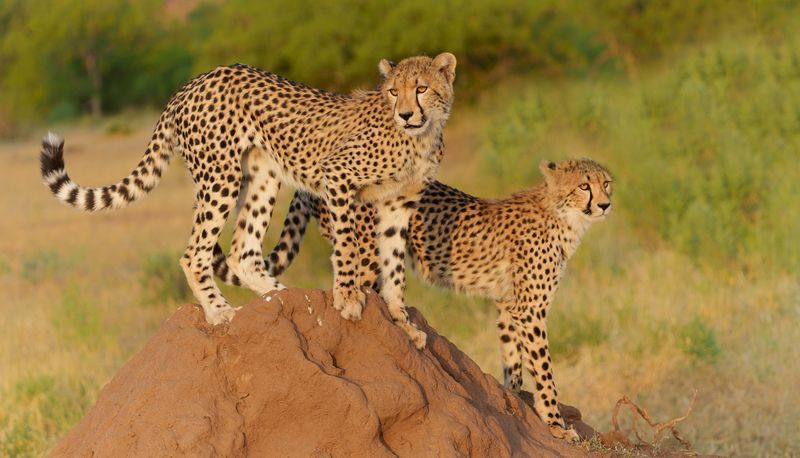
Wildlife viewing generates income that funds conservation while creating jobs for local communities. The best tourism operations maintain strict viewing guidelines that prevent disruption to natural behaviors.
Safari companies in Botswana limit vehicle numbers and maintain proper distances from animals. Tourists photograph cheetahs hunting without interfering, and a portion of their fees directly supports anti-poaching efforts protecting both cats and prey.
10. Prey Breeding Programs
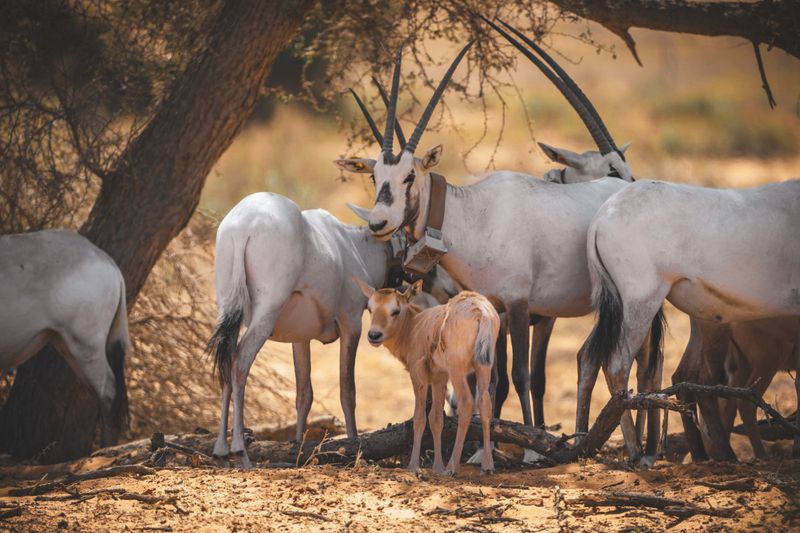
For severely endangered prey species, captive breeding provides a lifeline. Conservation centers carefully raise animals for release into protected areas where predators still roam.
The Arabian oryx was extinct in the wild until breeding programs restored populations to natural habitats. Today, these elegant antelopes share their desert home with Arabian leopards, maintaining an ancient predator-prey relationship that almost disappeared forever.
11. Landscape-Level Planning
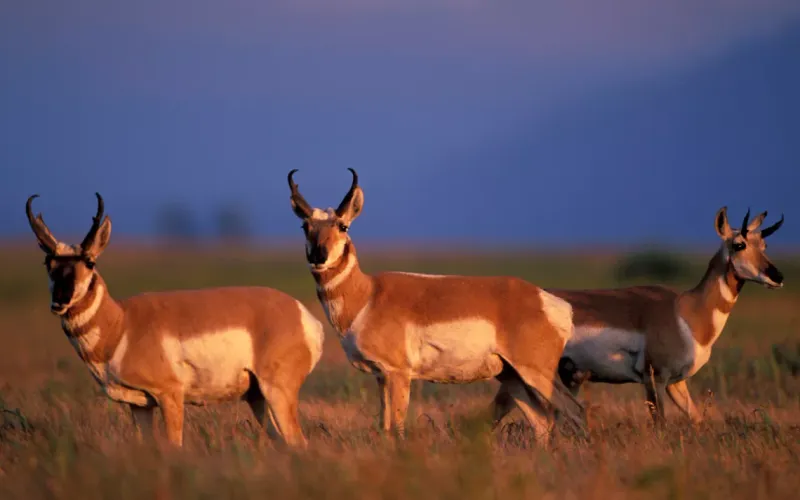
Modern conservation thinks big – protecting entire landscapes rather than isolated reserves. This approach ensures both predators and prey have sufficient space for natural movements and behaviors.
The Yellowstone to Yukon Conservation Initiative protects a massive wildlife corridor spanning two countries. Mountain lions, wolves, and their prey can travel hundreds of miles through connected habitats, maintaining genetic diversity essential for long-term survival.
12. Scientific Monitoring Programs
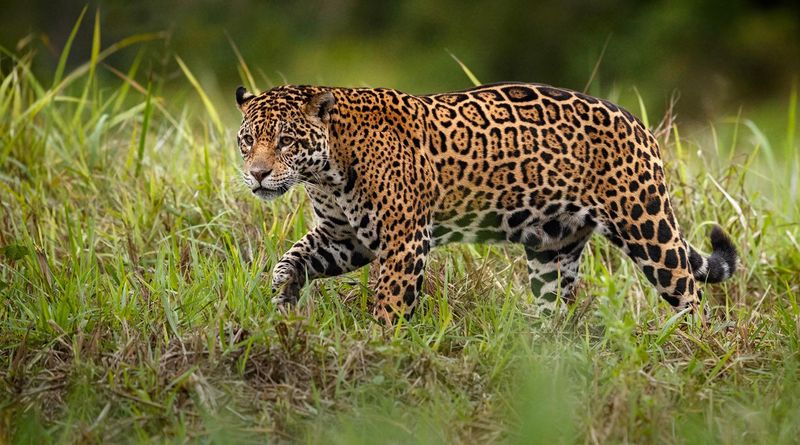
Research teams track both predator and prey populations to guide conservation decisions. Using GPS collars, genetic sampling, and field observations, scientists gather data on animal health, movements, and interactions.
Researchers in Brazil’s Pantanal wetlands monitor jaguars and capybaras simultaneously. Their findings revealed that protecting river corridors benefits both species, leading to new protected areas along key waterways.
13. Integrated Education Initiatives

Conservation education builds public support for protecting both predators and prey. School programs, community workshops, and media campaigns help people understand the importance of complete ecosystems.
Children in rural Tanzania learn about lions and zebras through interactive games that demonstrate predator-prey relationships. These students grow up appreciating the value of all wildlife species, becoming the next generation of conservation advocates.

